Table of Contents
Introduction
In today’s IEM market, the “hybrid” is now far more common than your average pure-BA setup, with even the “tribrid” setup (setups using 3 different types of drivers) gaining more and more popularity. But like with most trends, it wasn’t always like that.
Let me take you back to the ancient time of 2009, the year when I was just starting out on my audiophile journey. I just bought an M50, Sennheiser just launched the HD800, Westone was the top dog, JH Audio was still the new kid on the block and any IEM with more than 2 drivers was considered exotic technology. Ah yes, a simpler time, and a time when IEM innovation was surprisingly stagnant and was the case for a few more years.
My first “high-end IEM” was Ultimate Ears’ own Triple.Fi 10, an iconic black-gunmetal banana of an IEM that I bought in 2011 and then immediately reshelled into a custom fit by some defunct company called Stage 93, as was the trend at the time. The “TF10” as it was called was the most popular model of the “UE triplets”, which also consists of the original Super.Fi 5 Pro and of course the star of this review, the Super.Fi 5 Extra Bass (or SF5EB for short).
It’s weird because by the time I had purchased my TF10, the SF5EB was already pretty much discontinued. It was already considered a collector’s showpiece item ten years ago and today it has gotten even rarer still. Even in the early 2010s it was one of very few hybrids out there, more notably of which would be the AKG K3003 and the original Unique Melody Merlin and would remain so until the big hybrid resurgence in 2016. Not a stretch to say that the SF5EB is far ahead of its time… perhaps too far ahead.
I managed to snag one of these babies a few years ago from a European proxy, and as an IEM guy I guess it really is my obligation to have such a significant piece of IEM history in my collection. And while it’s basically relegated to “display showpiece” duty in my wall of IEMs, I guess it wouldn’t hurt to give it a modern-day review for those too new to the hobby to have heard one, or even heard of one.
So here IEF answers the great old question: how good was the SF5EB actually?
Product page: Product overview PDF by Logitech
MSRP: Discontinued (Originally $250)
Driver configuration: 1BA + 1DD hybrid
Signature & Tonality
Not sure how to read graphs? Click here
The sound signature of the SF5EB can be described as simply… bassy. Perhaps an “extreme V”, but most of the treble sparkle is drowned out by the overwhelming bass response.
The SF5EB is the OG, and so it is no surprise that it is the reason why people refer to its tonality as the “classic hybrid sound”. Almost like a cariacature of what one would expect out of a BA-DD hybrid in the old days considering that BAs were originally stereotyped as being “sterile” while DDs were stereotyped as being the inferior technology with big bloated bass. So I guess what Ultimate Ears tried to do was to fix the perceived flaws of a BA setup by giving it… bloated DD bass? Not too sure where they were going with this.
But I digress; the SF5EB has too much bass. Far too much to be enjoyable except perhaps for the most ardent of Vega/Dorado fans. The SF5EB attempts at some form of balance with an emphasised treble response on top of its big bass power, but really all it does is to scoop out the mids further and add some nasty sibilance. This would’ve benefited more from a 5-10dB bass roll-off rather than a treble shelf, but hey this was built in the mid-2000s here. Not every company can be Etymotic.
Bloated and sibilant with a recessed midrange, not a great combination at all. As the “original” the SF5EB is also a case study on how to not tune a hybrid IEM, though it seems that there are many companies who refuse to learn from history.
Tone grade: D
For more information on the grading system, click here
Technicalities
The SF5EB really shows its age in its technical performance.
Since its bass is the most prominent of its frequency response, that’s where its technical flaws also rear their ugly heads. The bass is sluggish with an overly-rounded attack and far too much decay, resulting in transient-based smearing on top of its tonal masking effects.
In short: bleed city.
Not very resolving and imaging ability takes a big hit with the bass dominating everything else. In terms of the “UE triplets” the SF5EB is easily the worst one. Far below the TF10 at least, and that one can be considered about average to above average in today’s market. Sounds like a poor quality dynamic driver shouting over a standard full-range BA.
Technical grade: D+
For more information on the grading system, click here
Valuation
Yeah… if you were hoping that the SF5EB was one of those IEMs that still held up in today’s market, this would’ve been a disappointing read for you. But hopefully not a surprising one, considering that the SF5EB was the least popular of the triplets despite its novel driver implementation.
In my own opinion, the SF5EB only has value as a collector’s item. A showpiece conversation starter, occasionally taken out for an uninitiated to try out and their reactions observed. Getting one nowadays is basically an impossibility unless you’d be happy with the Super.Fi 5 Pro instead, though that doesn’t really have as much historical significance to the IEM world as the SF5EB.
So yeah, don’t buy one expecting a top-tier performer, because it’s probably the opposite of that. But hey, if you’re an IEM nut like me and want to own one for the reasons I listed above, snag it as soon as it shows up because god knows if it ever would again.
Value Rating: N/A
“Display Showpiece Collector’s Item”
For more information on the grading system, click here
Conclusion
The original, the OG, the precursor, the first… whatever you may call the SF5EB, its reputation as the first hybrid is really all that it has going for it because it kinda sucks.
Big bloated bass, recessed mids, sharp treble, the whole shebang. And so the SF5EB returns back into the IEM collection wall, visually appreciated but not aurally so.
Grade: D
Awarded grades are in reference to the Ranking List.
Support me on Patreon to get access to tentative ranks, the exclusive “Clubhouse” Discord server and/or access to the Premium Graph Comparison Tool! My usual thanks to all my current supporters and shoutouts to my big money boys:
“McMadface”
Man Ho
Denis
Tiffany
Alexander
Jonathan


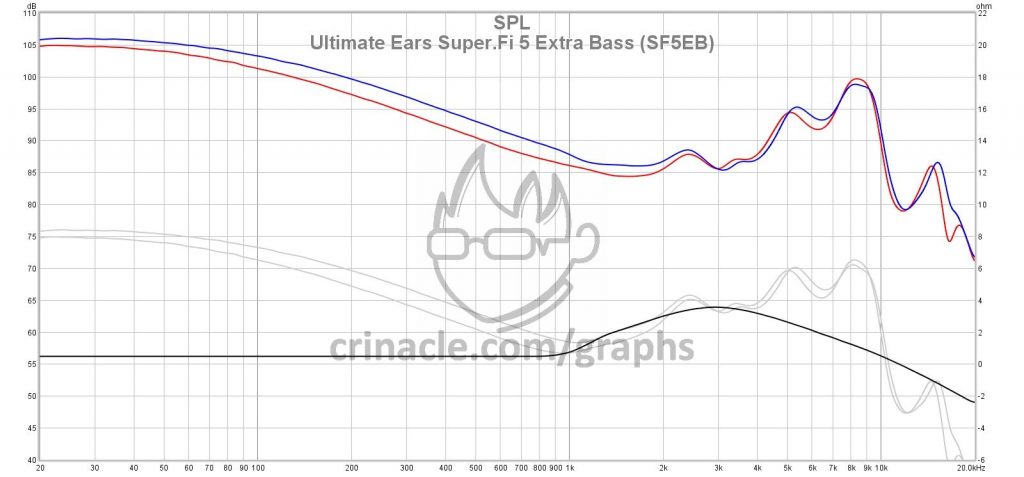


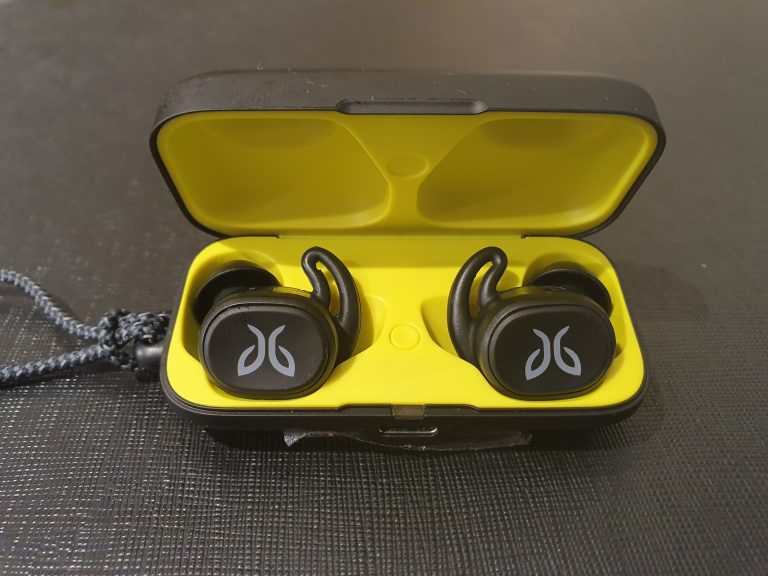
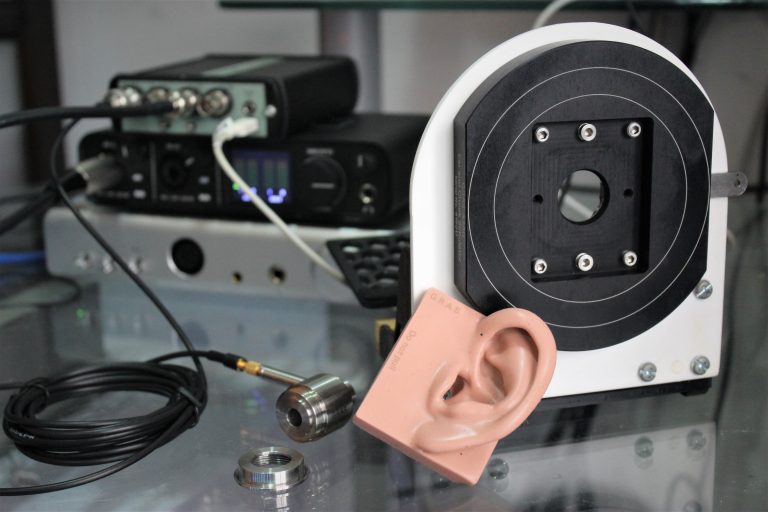

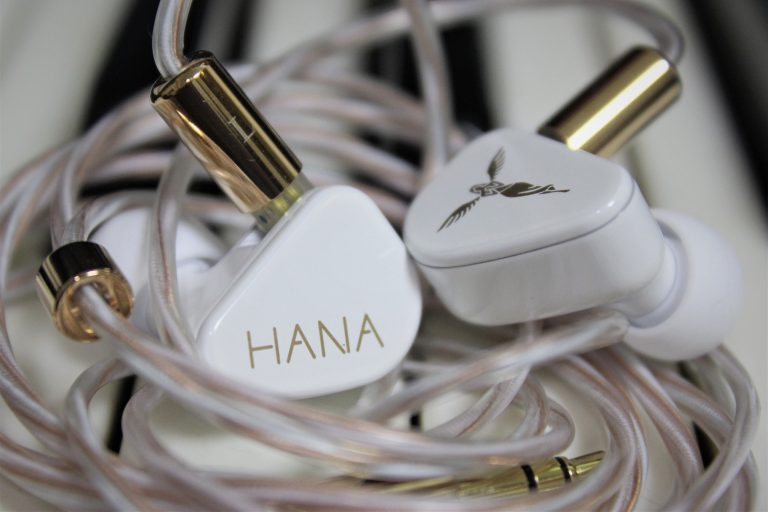




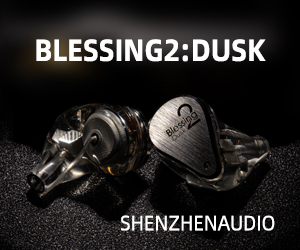
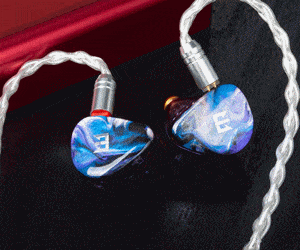

9 thoughts on “The World’s First Hybrid IEM: Ultimate Ears Super.Fi 5 Extra Bass”
Your IEM journey takes a similar timeline as mine! Except my first “high-end” IEM was the Monster Turbine Copper back in 2010…I think. I think my first ever hybrid was the TTpod T2 which was considered one of the first “affordable” hybrids. But it was gar-bage.
Nice read Crinacle. Was immediately transported back in time with this read. My first “high end” was the Westone 3 when it launched around that time. Good memories bought back with this article.
Also, I was very young back then, and I’m feeling old (30y) now haha
The SF5EB walked so the Mest could run 😉
Yup, very nostalgic IEM, I got 5EB back in 2009. The world’s first hybrid IEM was surely something new, then UM came up with one right after. Good historical monument, the sound tuning was terrible back then, pitch dark bass with a slight hit of treble, Mid did not exist back in time. It was a historical first step though!
I still have my K3003. Wonder where this would sit in your rankings??
I started an IEM obsession only recently, but out of curiosity I did buy a single BA Westone 1 (good fit and design, precise but bad tuning – a perfectly flat graph until about 8k, then a strong rolloff – also sounded distorted and muffled after EQing to Harman), one older single BA Shure (bad fit, thick and stiff cable, SQ as bad or worse than Westone 1), one newer single DD Shure 102, or 112 I don’t remember the model exactly (good fit, pretty good sound both tone and technicality wise). Good to know that the more expensive oldies are bad as well.
Thank you for the review Crinacle! You made my day!
As a bass-head, I still have my trustful Super.Fi 5 EB form way back and changed 7 or 8 cables. I listen to them when I need the energy from the sub-bass (e.g. beginning of Howard Shore’s Caras Galadhon) and don’t want to be thrown out of the building by playing it on my KEF system.
They remain my reference for sub-bass and seeing the your graph Crinacle, I can clearly see why.
Have you come across any other pair of IEMs coming close to their bass response?
Thank you,
Mike
Although my remarks below does not concern SF5EB, but my love for TF10 still continues up till today. Still using it as my main IEM with reshell universal
Have been trying hard to find a successor till date (Moondrop Variations is the closest sound sig), but it is hard for me to move on given the price value comparisons now.